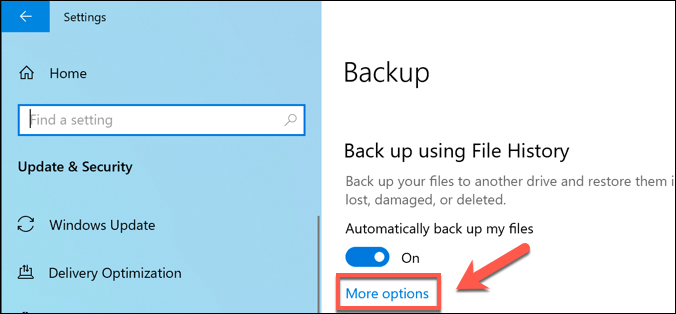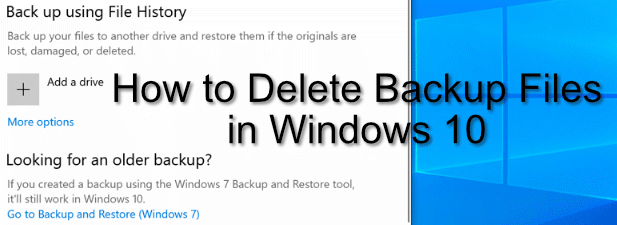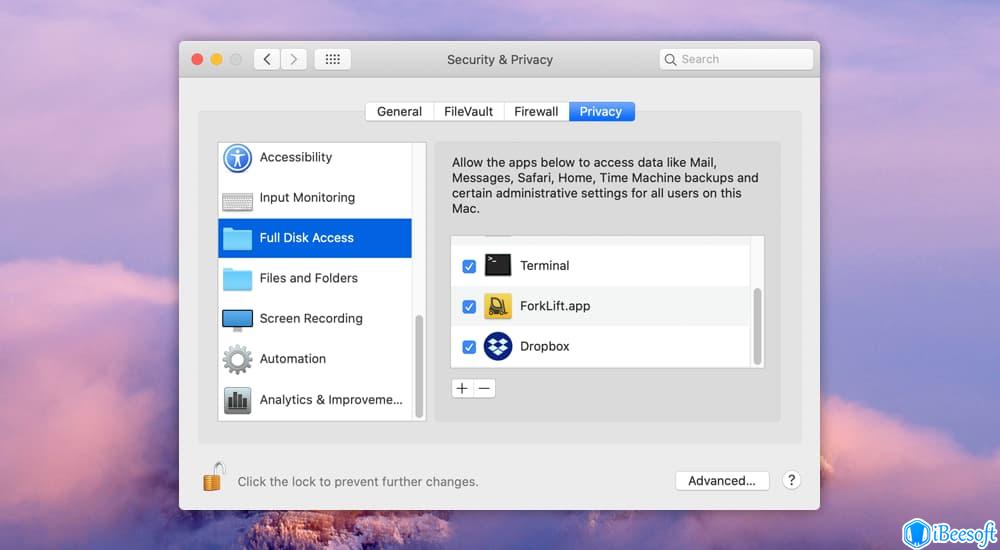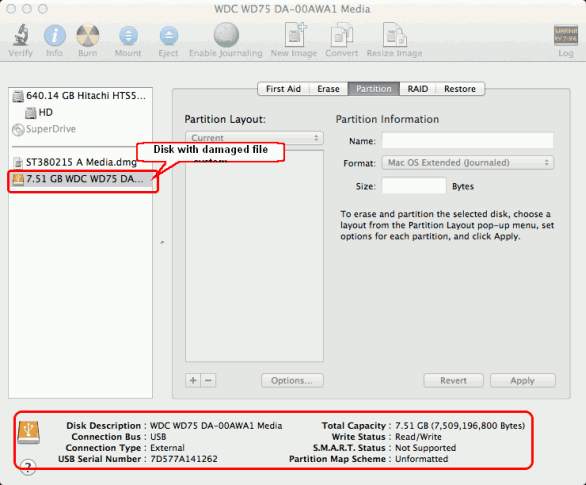

- #DELETE BACKUP FILES ON EXTERNAL DRIVE FOR MAC HOW TO#
- #DELETE BACKUP FILES ON EXTERNAL DRIVE FOR MAC MOVIE#
- #DELETE BACKUP FILES ON EXTERNAL DRIVE FOR MAC PASSWORD#
- #DELETE BACKUP FILES ON EXTERNAL DRIVE FOR MAC MAC#
If this is a hard drive that already has files on it, right-click on it to select Get Info and make sure you have enough space to load your media library.
#DELETE BACKUP FILES ON EXTERNAL DRIVE FOR MAC MAC#
Plug your external hard drive into a USB port on your Mac and open it in Finder.
#DELETE BACKUP FILES ON EXTERNAL DRIVE FOR MAC HOW TO#
How to back up iTunes to an external hard drive You’ll want to make sure your external hard drive has enough space to hold your library. When the consolidation is done, the pop-up window will close automatically.īefore you move on, check on the size of your library by right-clicking on your iTunes folder and selecting Get Info. It will organize your iTunes Media folder automatically. For some, there’ll be an additional box available called Reorganize Files. This will move all files used in your iTunes Library to your Media folder.

#DELETE BACKUP FILES ON EXTERNAL DRIVE FOR MAC PASSWORD#
Its default location could be found under your User Account, but if you’ve made a custom change iTunes backup location might be different, and you may even encounter an iTunes backup password if you’ve set one up. So where does iTunes store backups of your media files? Simply in your iTunes Media folder. A copy of this folder can be treated as iTunes backup location as long as it’s exported to an external hard drive, or paired with iCloud storage or a syncing app. That’s why the first step for backing up an iTunes library is locating where the media files really are.

The originally downloaded copies are stored separately.

#DELETE BACKUP FILES ON EXTERNAL DRIVE FOR MAC MOVIE#
When you open iTunes to play a song or movie you’re viewing a representation of a database that organizes your media files. So while there are many options for creating an iTunes backup, the pragmatic choice for most people is to move iTunes library to external hard drive. Hence, cloud storage can become expensive. While you can subscribe to cloud services, the average music library is fairly large and backups stored on your Mac can take up a lot of space. This makes knowing how to backup iTunes library an essential skill. The only way to ensure your library is protected is to have a local copy. In fact, even iTunes in the cloud is not a backup service. It doesn’t create a backup of media files. When you export iTunes library it saves your playlists and organizational information. If you’re wondering “where is iTunes backup stored?” the answer is a stunning nowhere. Many people think that iTunes automatically backs up or that by exporting their library they are creating a backup. Saving your music and media regularly to an external hard drive is a great habit, and a fail-proof way to ensure your collection isn’t lost as you migrate your media to Apple Music, Apple TV, or other platforms. Keeping this in mind, there has never been a better reason to create a backup iTunes library. This all to say that besides the money and time you put into your collections, overlooking the safety of your iTunes library could set you up for a heartbreak.īesides the ever-present risk of a hardware crash, Apple’s iTunes is actually being phased out in the fall of 2019 with the release of macOS Catalina. A forgotten song drifting out of the shuffle can call back a carefree summer drive a particular playlist might remind you of a special person. Music libraries are incredibly personal, and scrolling through your tunes can create the same kind of nostalgia as looking through old photographs. Replace Mac defaults and discover new gems in one suite.


 0 kommentar(er)
0 kommentar(er)
